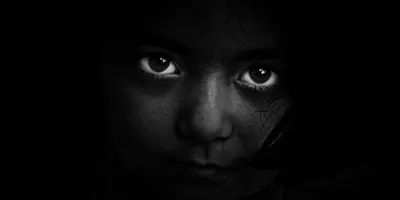A Timeless Art of Capturing Life Through a Lens"
A Window to the World Photography is fundamentally about “drawing with light,” and allows us to capture a given moment in time. However, photography is not just about the technical processes, but is a window on other peoples cultures and experiences, allowing for empathy and understanding across peoples living around the world.
The Human Element Regardless of the advances in technology, the essence of photography is fundamentally human. The photographer makes decisions about their composition when taking the photograph, alongside casting their own embodied perspective and emotion into the image. Photographers such as Dorothea Lange and Sebastião Salgado have held up a mirror to social problems with their work and raised consciousness in social justice.
Photography and Human Rights Photography has been fundamental in capturing human rights abuses and inequities. Photos of major life events, like the U.S. Civil Rights Movement or Simply the images that show the suffering of humanitarian crises in every corner of the world, have touched viewers and supporters and influenced positive change for some. Photographers, like Ron Haviv, have put themselves in perilous situations to witness injustices and are now providing a record of what mere words cannot provide.
The Ethics of Photography “With great power comes great responsibility.” Photographers face ethical dilemmas about whether or not documenting the suffering of another human being is exploiting them or writing about the consent process. Photographers must grapple with how to ethically position their subjects and represent them with dignity. Ethical photography must contain respect, empathy, and commitment to truth to ensure the representational work is empowering and NOT exploitative.
Everyday Photography and Identity
Photography is a form of self-expression and identity that we utilize in our everyday lives. From family photos to images of significant personal events, these photos create personal stories. For marginalized communities, photography can recreate representation, by countering stereotypes and declaring their existence in the social discourses more broadly.
The Future of Photography
Emerging, new photographic technologies such as drones, virtual reality, and artificial intelligence, redefine photography and give us new mediums for expressing creativity and new stories to tell. But, in addition to clarifying creativity, emerging technologies may lead us to rethink authenticity and what constitutes photographic truth.
Wrap-Up
Photography is not merely an art; it is a quintessential human practice that emanates from a profound curiosity to meaningfully connect with explicitly other people. This is evident in the practice of photography: we literally see through the eyes of another person, which brings us closer to building an empathetic understanding of someone else’s lived experience. In human rights, photography serves as an important accompaniment – if only as a reminder of our common humanity, as well as preparing us to respond by feeling some kind of obligation to care.



